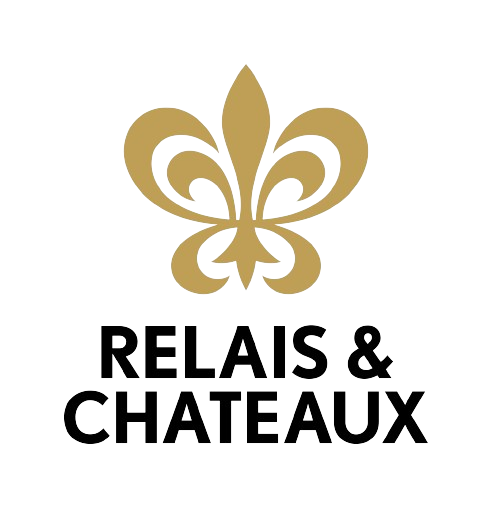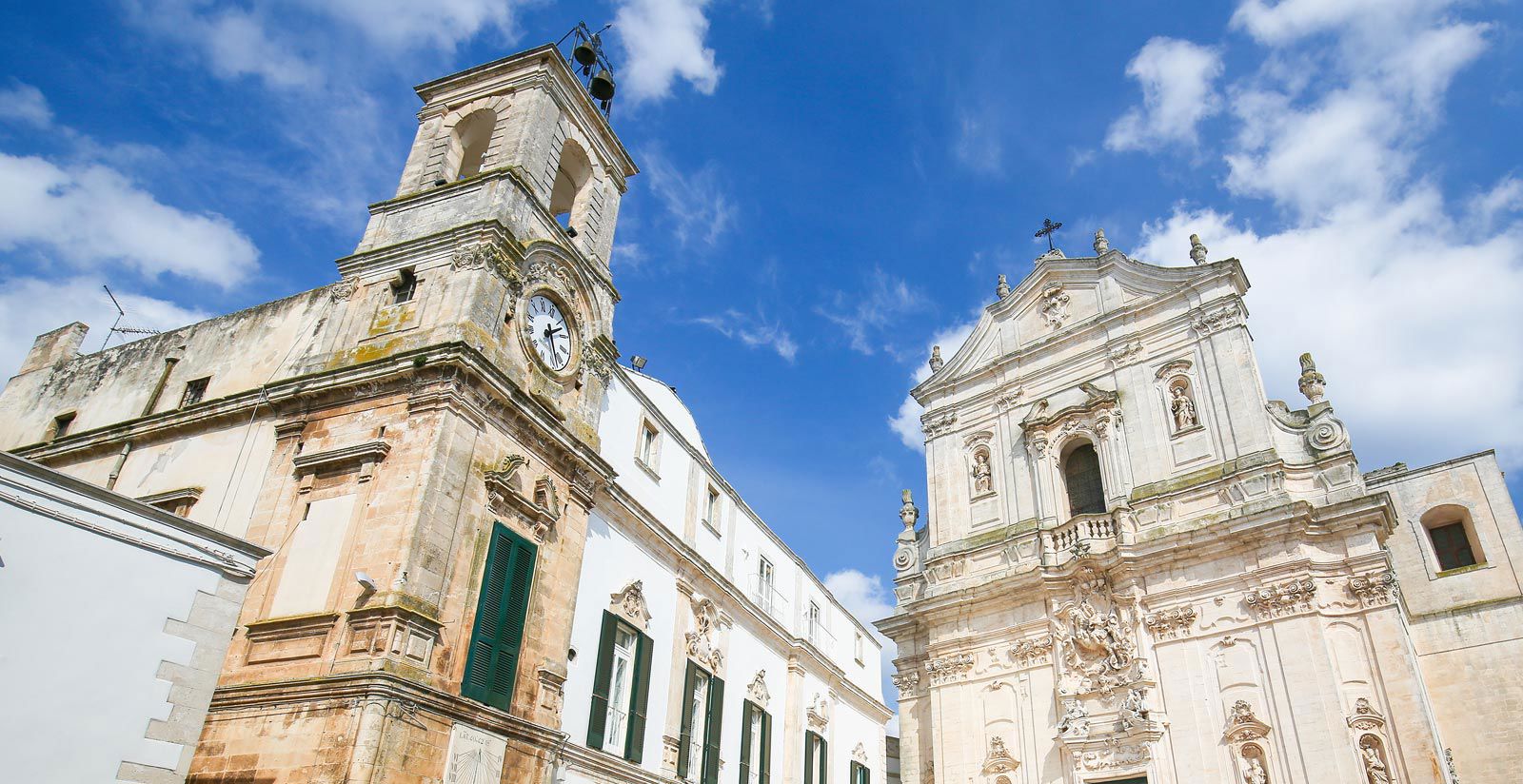Martina Franca (also known as Martina and Marténe in the local dialect) is an Italian town in the province of
Taranto, in Puglia. Known worldwide as a "festival town", it is located in the Apulian hinterland bordering on the three provinces of Taranto, Brindisi and Bari and at a distance of just under 30 km from the chief town.
Monuments and places of interest
Martina Franca is split into three well-defined areas.
The first of these is the historic centre, the second comprises the town’s expansion beyond its walls (in 1900) which expanded its urban layout, and the third is the new development with blocks of flats of more than three storeys.
Historic centre
Town layout
The historic centre of Martina Franca has a rather unique layout with the houses being built in a vertical fashion.
Indeed, the typical houses comprise the ground floor which housed workshops or cellars, often served by stairs that ran one or two metres below street level.
While the first floor housed the living quarters with a kitchen and dining room. In ancient times there was no area specifically used as a bathroom given that a simple pot (ù candr in local dialect),
placed in a corner of the house was sufficient. There was normally an open fire which had a dual function: it was used to cook on and also to heat the house both on the first floor and the upper floors thanks to a flue.
The first floor also hooked up to the well which, unlike the flue, had a shaft that ran under the house where the water tank was housed, containing mostly rainwater.
The well was also used as a basic refrigerator given the freshness guaranteed by Martina Franca’s limestone subsoil.
Food was placed in a copper or iron bucket with a narrow bottom and wide brim (basically an upside-down half-cone) and floated on the surface of the well.
The second floor houses the sleeping quarters. There is a bedroom or bedrooms, generally with a balcony or window that communicated with the roof area. The roof is used in a number of ways. Generally there is an area for drying clothes, or for putting on lush spreads (some houses had a roof that communicated with the neighbouring one, without any partition wall). In summertime the roofs are turned into natural drying areas: the older inhabitants use them to dry figs, nuts, broad beans and other food, or to clean wool and mattresses.
The specific characteristic of Apulian houses, unlike the rest of Italy, lies in the fact that the roofs are of a Greek-Arabic style and hence are flat and not sloping.
This is because the Apulian climate is extremely mild, cool, without any heavy rain or snowfall (it is rare to see deep snow as occurred in 1985).
The lack of slopes serve to direct the water into the limestone tanks found in the subsoil (commonly referred to as ' ù pozz’) that represented a useful water source given the region’s lack of water resources.
An important characteristic of the historic centre are the narrow streets full of sharp corners, blind alleys and hidden paths: a genuine urban labyrinth.
In ancient times, this layout offered a dual advantage: indeed, in the event of an enemy attack, it was a way to gain time during a possible escape, or to lay traps for the enemies by exploiting the blind alleys and tucked-away side streets.
The historic centre’s streets
The streets of Martina Franca have a characteristic dip in the middle of the street, unlike other modern streets that normally have a humpbacked road surface: when it rains the rainwater runs into the middle of the street leaving the sides dry so that water does not run into the cellars located below street level. From an architectural viewpoint, the historic centre is most Baroque in style, as can be seen from the churches (for example, the former Collegiate and now Basilica of San Martino).
Basilica of San Martino
Built in the second half of the 1700s, at the initiative of the archpriest Isidoro Chirulli, on the site of the former Romanesque collegiate church, it offers a perfect example of Martina Franca’s Baroque architecture.
It stands out for its marvellous, majestic facade with an image of the patron saint in the middle of the facade, sharing his cloak with a beggar at Amiens.
The church’s interior houses a wonderful, marble high altar dating from 1773, by the Neapolitan School, and the spacious chapel of the Holy Sacrament.
It houses the relics of Saint Comasia which tradition has it died as a martyr between the 2nd and 4th centuries.
Palazzo Ducale
Dating from the second half of the 1600s, it brings together Renaissance features with Baroque designs inspired by the city of Lecce and local architectural elements. It was the residence of the Caracciolo family and current houses the Town Hall.
The so-called Sala Arcadia, Sala del Mito and Sala della Bibbia, which all contain frescoes, are worthy of note.
Cuisine
Martina Franca DOC is the name of the wine produced locally.
Capocollo, a typical cold meat. Local wine and aromatic herbs typical of the Mediterranean shrub are added while processing the meat, which is then smoked by burning the wood and bark of the Macedonian Oak, originating from the Balkan states and only found in Puglia.
The pigs from which the meat used in the product is obtained, are reared in Macedonian oak woods and feed on the acorns of said oak trees.
Orecchiette, fresh ear-shaped pasta produced locally, served with meatballs, meat rolls and hard ricotta cheese, or with turnip tops.







